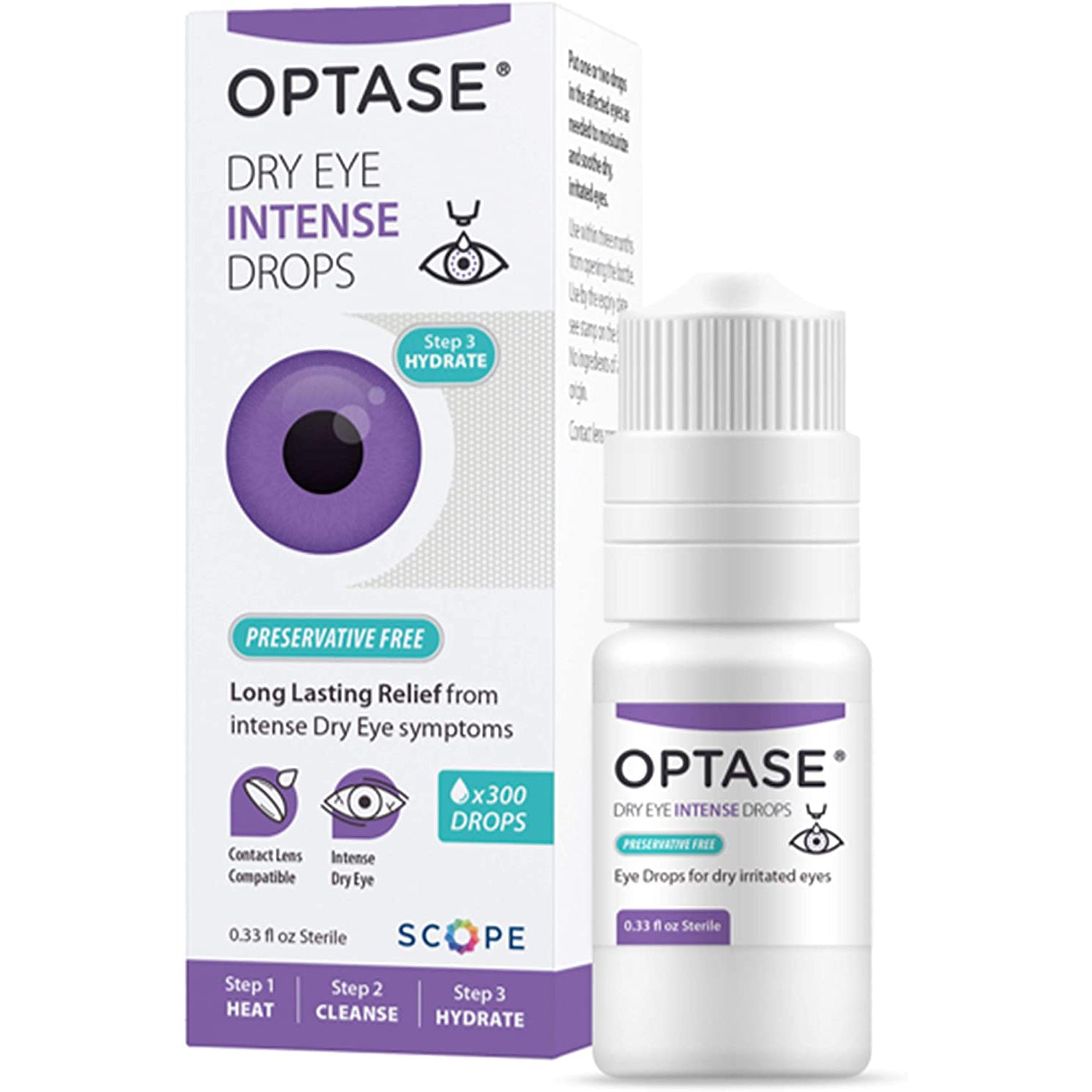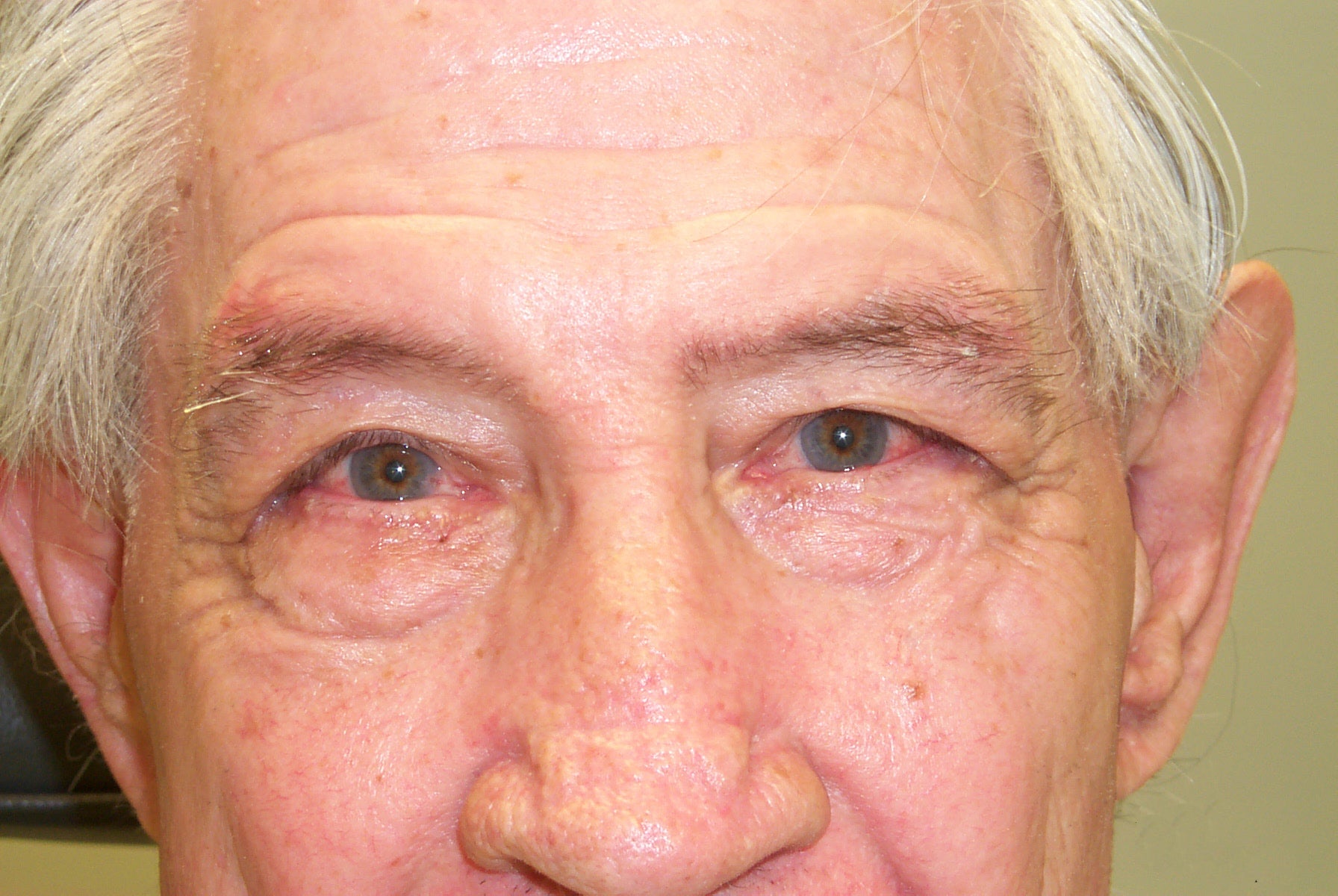Dry Eye Syndrome is a disorder of the tear film due to tear deficiency or excessive tear evaporation which causes damage to the interpalpebral ocular surface and is associated with symptoms of ocular discomfort.
Examples of lacrimal gland deficiency includes immunological problems, such as Sjogren's Syndrome, Graft versus Host Disease, AIDS, and Sarcoidosis. Examples of lacrimal gland deficiency not involving immunological problems include Primary Lacrimal Gland Deficiency and Secondary Lacrimal Gland Deficiency, such as due to drug side effects or radiation therapy.
Examples of Dry Eye Syndrome due to excessive tear evaporation include blepharitis, lid abnormalities and contact lens use.
Mechanisms of Dry Eye Syndrome
Androgens
Low bioavailability of androgens is a common feature of Primary Lacrimal Gland Deficiency. Androgens increase secretory factor and IgA secretion by the lacrimal gland. Decreased levels of androgen availability can be seen in women with elevated levels of circulating estrogens, such as women who are pregnant or on birth control. However, it can also be seen in women who have decreased estrogen levels following menopause.
It has been shown that the meibomian glands, which form the outer fatty layer of tears, are an androgen target organ. Furthermore, androgens modify lipid production.
Neuronal Innervation
Sjogren's Syndrome is associated with extensive lacrimal gland inflammation. This inflammation may then cause loss of neuronal innervation. The same mechanism has also been shown to occur in the salivary gland which becomes infiltrated with lymphocytes. Although much intact lacrimal gland tissue remains, this inflammation interferes with the neuronal regulation of the lacrimal gland epithelial cells, with resultant diminished tear secretion.
The lacrimal gland, conjunctival goblet cells and eyelid Meibomian glands are all under neuronal control. Inflammatory reduction of neuronal pathways may alter the production of any of these structures that contribute to a healthy tear film.
Tears
It is the composition of tears, more than the actual quantity of tears, that is of greater importance in the comfort and health of the ocular surface. Tears may actually serve as a delivery system for these important components, including hormones and cytokines.
Mucin
Mucin has historically been underestimated in importance in the ocular tear film. This glycoprotein is manufactured by the entire ocular surface, including the squamous epithelial cells of the cornea and conjunctiva. Rose bengal staining dramatically increases with mucin deficiency. Furthermore, the thickness of the tear film was found to decrease from 40 microns to 11 microns when the mucin was dissolved using acetylcysteine. Therefore, some authors have proposed that mucin forms the bulk of the tear film.
Therefore, the tear film appears to be dominated by a hydrated mucin gel, with overlying aqueous and lipid layers.
Treatment of dry eye is best aimed at improving the protective mucin gel.
-----
References
Sullivan D, Allansmith M. The effect of aging on the secretory immune system of the eye. Immunology. 1988;63:403-410.
Sullivan D, Allansmith M. Hormonal influence on the secretory immune system of the eye: Endocrine interactions in the control of IgA and secretory component levels in tears of rats. Immunology. 1987;60:337-343.
Konttinen Y, Sorsa T, Hukkanen M, et al. Topology of innervation of labial salivary glands by protein gene product 9.5 and synaptophysis immunoreactive nerves in patients with Sjogren's syndrome. Journal of Rheumatology.1992;19:30-37.
Prydal J, Campbell F. Study of precorneal tear film thickness and structure by interferometry and confocal microscopy. Invest Ophthalmol Vis Sci. 1992;33:1996-2005.














